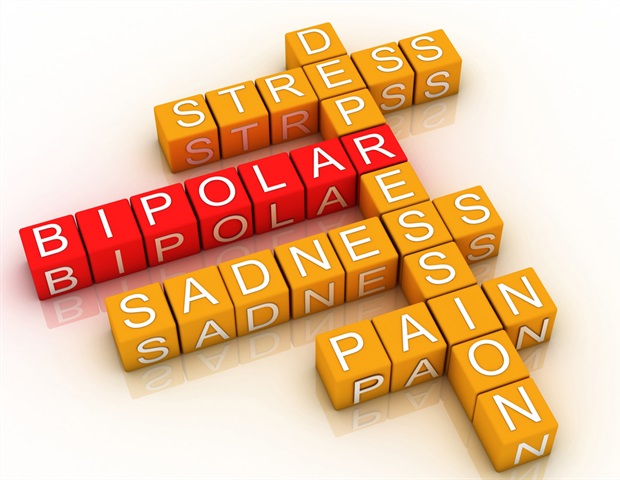A potential new treatment for bipolar disorder (BP) that significantly shortens treatment time has emerged, following a randomized clinical trial using accelerated intermittent theta burst stimulation (aiTBS). While current theta burst stimulation (TBS) treatments can take between four and six weeks to administer, this new technique reduces treatment to five days.
The study, published in JAMA Psychiatry, was led by Yvette I. Sheline, MD, the McLure Professor of Psychiatry and Behavioral Research and Director, Center for Neuromodulation in Depression and Stress at the University of Pennsylvania Perelman School of Medicine.
aiTBS offers a new potential therapy for depressed patients with bipolar disorder who may not respond well to drugs or cannot tolerate their side effects while also significantly shortening the treatment window.”
Yvette I. Sheline, MD, the McLure Professor of Psychiatry and Behavioral Research and Director, Center for Neuromodulation in Depression and Stress at the University of Pennsylvania Perelman School of Medicine
Intermittent theta burst stimulation is a non-invasive form of brain stimulation in which a changing magnetic field is used to induce an electric current at a specific brain area through a process called electromagnetic induction. It is thought that this stimulation produces neuroplastic changes which alter brain connectivity, leading to decreased depressive symptoms.
While aiTBS is approved by the Food and Drug Administration (FDA) to treat major depressive disorder (MDD), this is the first accelerated trial focusing on aiTBS and bipolar disorder.
Major depressive disorder, commonly referred to as depression, is a serious mood disorder that causes severe symptoms that can impact how a person thinks and manages their daily life. MDD differs from BP as those diagnosed with BP also experience manic or hypomanic episodes-;with symptoms such as uncontrollable racing thoughts, restlessness or feelings of euphoria. Typically, patients with BP may alternate between depressed and manic or hypomanic phases.
Standard treatments for BP include mood stabilizers such as lithium, and may include talk therapy, such as cognitive behavioral therapy (CBT).
All patients in the study were required to be on a mood stabilizer to be included in the study.
The double-blind, sham-controlled study-;meaning that neither the patients nor the study team knew who got active and who got sham treatment until the study was over-;included 24 depressed patients with treatment-resistant bipolar disorder. Intervention included five days with 10 sessions per day (active vs. sham aiTBS) delivered at one session per hour. Outcomes were measured using the Montgomery-Asberg Depression Rating Scale (MADRS), a diagnostic questionnaire used to measure the severity of depressive mood disorders. Scores were weighed prior to and one day following treatment, as well as at a four-week follow up.
The mean MADRS score in the active group was 30.4 (4.8) at baseline and 10.5 (6/7) immediately after treatment. In the sham group, the mean MADRS score was 28.0 (5.4) at baseline and 25.3(6.7) after treatment. This means that those who received active treatment had a substantial decrease in their depression symptoms compared to those who received sham stimulation.
Secondary measures included repeated MADRS scores at all study visits, coupled with two additional measures: the Hamilton Depression Rating Scale score and Beck Depression Inventory score.
Sheline noted that while the small sample size requires replication in a larger trial, the size is comparable to recent studies of aiTBS for MDD.
Funding was provided by the Milken Institute and by a grant from Baszucki Brain Research Fund.
Source:
Journal reference:
Sheline, Y. I., et al. (2024). Accelerated Intermittent Theta-Burst Stimulation and Treatment-Refractory Bipolar Depression: A Randomized Clinical Trial. JAMA Psychiatry. doi.org/10.1001/jamapsychiatry.2024.1787.











